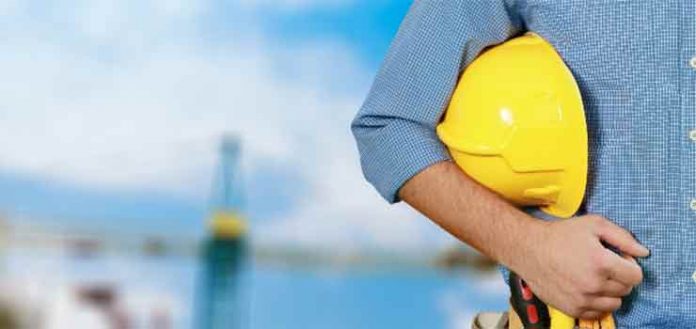
When doing DIY tasks, we are continually exposed to certain accidents. The issue of safety in DIY tools is usually not taken into account, either for reasons of ignorance, or excessive confidence, or for whatever reason, and it can avoid many unfortunate situations.
To perform any DIY task, As professional locksmiths in Pola de Siero and Asturias, we advise you to invest in good security products in tools, the proper equipment, makes work more comfortable, and not only can it save our lives in extreme cases, but it also avoids small inconveniences, which also make to quality of life.
Safety elements in DIY tools are not an excessive expense, on the contrary, they are a small investment to take care of something invaluable, such as our life and the parts of our body.
Tool safety equipment
Eyes:
The protection of the eyes is carried out by means of glasses, there are different types, but the most appropriate are the transparent panoramic ones. They should fit snugly around the nose and eyes, to prevent anything from getting in, and should be used for any work that can produce projections, or for work that emits toxic fumes, since the ocular mucous membranes are easily irritated. For more risky jobs, such as welding, etc. there are specific lenses or masks. Safety glasses are usually inexpensive.
Head:
The helmet is essential for the protection of the head in heavy work, it must be adjustable and the right size for the head. The hull materials can be fiberglass, polycarbonate, the most resistant, or plastic, the least resistant.
Ears:
For the protection of the ears we can use plugs, which will be disposable or permanent. But if the sound levels exceed certain decibels, or if the noise is constant, it is better to use noise protection helmets.
Mouth and respiratory tract:
They can protect themselves from dust, specks of materials, toxic vapors, with masks. There are several types of masks: disposable, they can be made of paper or fabric, they generally have a flexible contour and a metal band that allows them to be adjusted to the nose. They serve to protect from dust and specks of material. Filter masks, they come with different types of filter, depending on the protection that is desired, the filters are replaceable.
Hands:
Tool safety gloves are used for various uses, and for this, they are made with different materials, depending on the requirements, some are resistant to rubbing and cuts, others to chemical products, others are waterproof, etc.
Knees:
This area is not highly regarded when it comes to tool safety, but those who must work on their knees will feel the difference if they use knee pads.
Feet:
It is a very exposed area, either to blows, by tools that fall, etc., and as an element of contact with the ground, in case of electrocution. They must be airtight, padded and resistant shoes, insulating from the current, they must also protect the ankles. They come in different materials and models, depending on the requirements, rubber for chemical substances, reinforced leather for welding, extra insulated for electricity.
The body:
Work clothes must fit the body, especially when working with machines. The jumpsuit is usually made of cotton, and with an elastic in the back for a better fit. Some have a large number of pockets, to place the tools, others should not have pockets.
Additional Information:
If you are concerned about security, you can see this other article Security Measures in DIY, where you have more advice on the matter.



